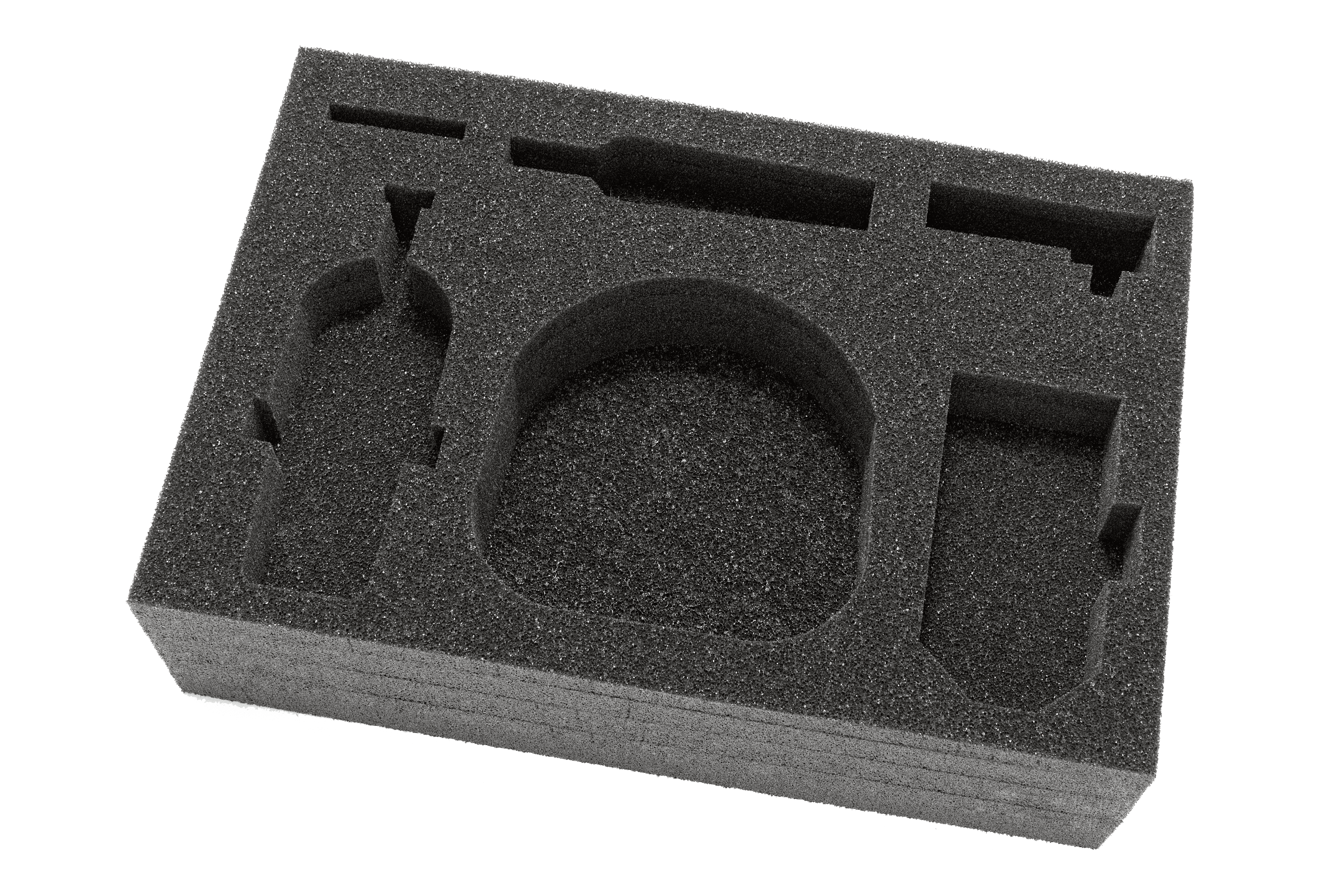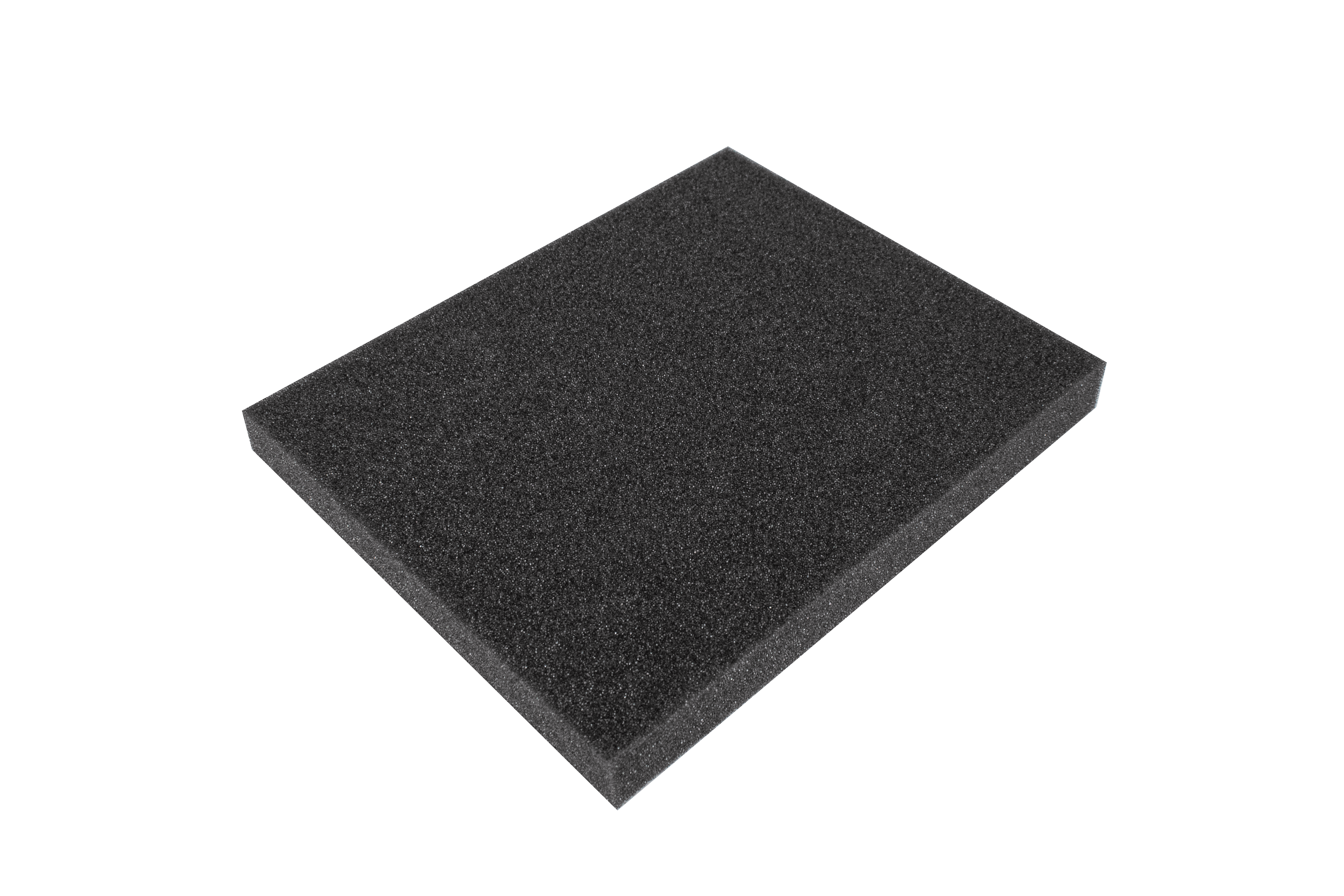Open Cell Foams
In stock materials ready to custom cut to any shape or size with or without adhesive.
Common Open Cell Foam Applications
| •
Air Filters
• Automotive Interiors • Automotive Packaging • BSR (Buzz, Squeak, Rattle) • Carpet Underlayment |
• Electronic
Packaging
• Filtration • Furniture Cushions • Mattresses/Pillows • Case Foam Inserts |
• Medical
Cushions & Equipment
• Promotional Items • Seals & Gaskets • Sound Absorbers (NVH) • Display Packaging |

Polyether
Polyether foam is a flexible, open-cell type of PU foam that has a near-infinite amount of applications due to its phenomenal characteristics.
• Lower Temperature Flexibility.
• Higher Resistance to Fungi.
• Better Hydrolytic Stability,
• Better Cushioning Capabilities.
• Superior Resistance to Moisture.

Polyester
Polyester foam is an effective, low-voltage insulating material used to create custom insulation for electronics & more. Easy to print on and easily bonds with most adhesives.
• Greater Abrasion Resistance.
• Higher Tensile Strength.
• Better Tear Resistance.
• Withstand Higher Temperature Longer.
• Improved Chemical Resistance.